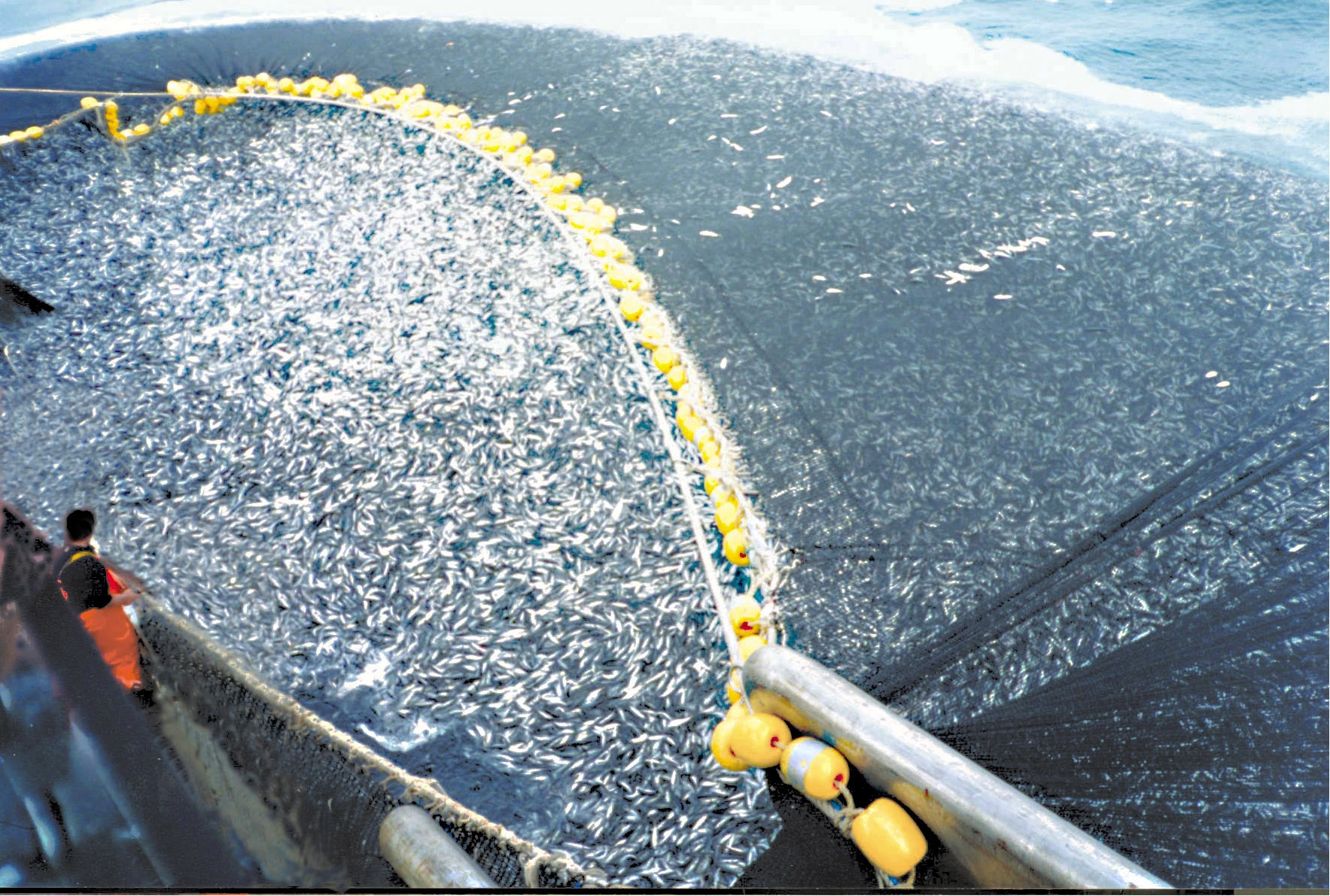Aquaculture refers to the farming of fish, shellfish, and other aquatic animals. Marine and freshwater species are grown in captive areas, including areas on land, such as tanks and enclosures, as well as in pens in natural environments like oceans, rivers and lakes. Fish farming produces many of the fish that we eat, use for bait, or buy for aquariums. It could potentially help to limit the loss of marine biodiversity because populations of endangered species could help to be restored.
A large variety of countries practice aquaculture, including our own, and it is a large source of trade worldwide. Different countries can produce fish and other countries around the world can benefit from them. Aquaculture is a source of jobs and revenue for many people.
However, aquaculture has a variety of different effects on the environment and is fairly controversial.
Pros of Aquaculture:
- Growing fish and other species in organized areas allows researchers to closely examine them and learn more about them without having to go into the natural environment for research. People can study different species without having to disrupt the natural environment to do so. They can learn about them and about better ways to care for them.
- Large destructive nets do not have to be used to catch fish. As I mentioned in an earlier post, large trawl nets have horrible effects on ecosystems and can destroy miles of coral reefs that took hundreds of years to form. When fish are grown in captivity, these nets don't have to be used once a stable population forms.
- Endangered species can be grown in captivity and put back into the wild to restore natural populations. People can capture animals whose populations are declining and ensure their survival up to a certain point.
- People can get jobs in the aquaculture industry and earn money to help support their families.
Cons of Aquaculture:
- Research on captive species is not always accurate because animals behave differently in captivity compared to in the wild.
- Chemicals like antibiotics, anti-foulants and pesticides used in aquaculture can pollute the environment and have negative consequences. Eutrophication is also a possibility.
- Diseases can be easily spread among creatures in an aquaculture facility because animals are in such close quarters with one another. If one fish gets sick, many others could as well. There are also potential contamination issues with wild species if the contained animals escape.
- Other fish have to be used to create fish food so they still have to be caught in the wild.
- Land has to be used to grow fish in facilities, which is a potential waste of resources.
My Opinion:
I am currently divided on my viewpoint of aquaculture. There are valid arguments on both sides of the issue, and I believe further research is required for me to make a definite decision. Aquaculture could potentially save fish and other marine species, but it is at the cost of energy and land resources to do so. At least in the short run, I would definitely favor the protection of species.
Sources:
http://www.nmfs.noaa.gov/aquaculture/what_is_aquaculture.html
http://www.worldwildlife.org/industries/farmed-seafood
http://www.fao.org/fishery/statistics/en









